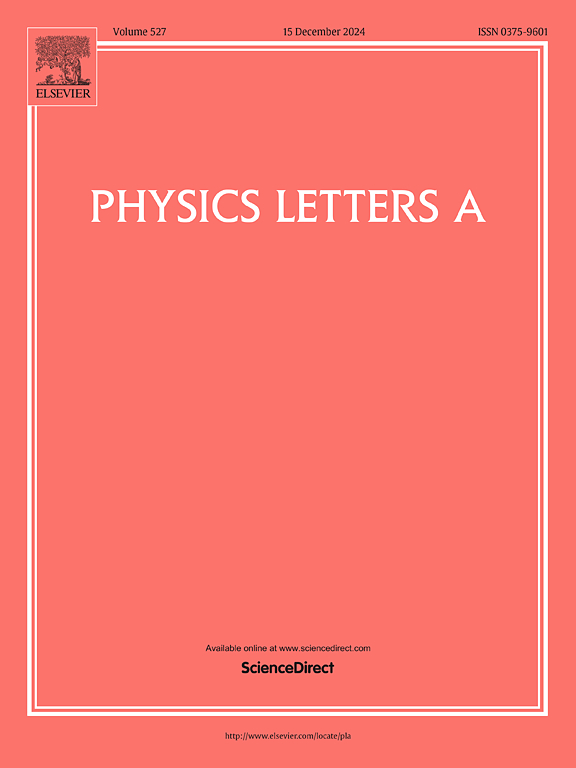An atomistic interpretation of viscous flow in liquid metal elements
IF 2.3
3区 物理与天体物理
Q2 PHYSICS, MULTIDISCIPLINARY
引用次数: 0
Abstract
For the microscopic mechanisms of viscous flow, we are still at the age of 1930s when Andrade proposed atoms conveyed momentum to a neighboring drift plane by vibrating across the plane. For the lack of the properties of liquids, the most intriguing part of atomic migration, namely, “friction by transport” that Andrade called the mechanism of viscosity for shortness, remains untackled. In this work, on basis of our atomistic model for liquid diffusion, the process of viscous flow in liquids is examined in view of atom migrations. The friction force exerted on the migration atoms can be estimated from the activation energy of vacancy migration. Accordingly, the instantaneous shear moduli of liquid metal elements and its’ temperature dependence are derived and verified with reported measured data. On this basis, an a priori atomistic calculation of viscosity is presented as a reference considering the unavoidable contamination of turbulent flow in experiment. Finally, the Stokes-Einstein relation is re-examined in terms of the present discussion of liquid viscosity.
求助全文
约1分钟内获得全文
求助全文
来源期刊

Physics Letters A
物理-物理:综合
CiteScore
5.10
自引率
3.80%
发文量
493
审稿时长
30 days
期刊介绍:
Physics Letters A offers an exciting publication outlet for novel and frontier physics. It encourages the submission of new research on: condensed matter physics, theoretical physics, nonlinear science, statistical physics, mathematical and computational physics, general and cross-disciplinary physics (including foundations), atomic, molecular and cluster physics, plasma and fluid physics, optical physics, biological physics and nanoscience. No articles on High Energy and Nuclear Physics are published in Physics Letters A. The journal''s high standard and wide dissemination ensures a broad readership amongst the physics community. Rapid publication times and flexible length restrictions give Physics Letters A the edge over other journals in the field.
 求助内容:
求助内容: 应助结果提醒方式:
应助结果提醒方式:


